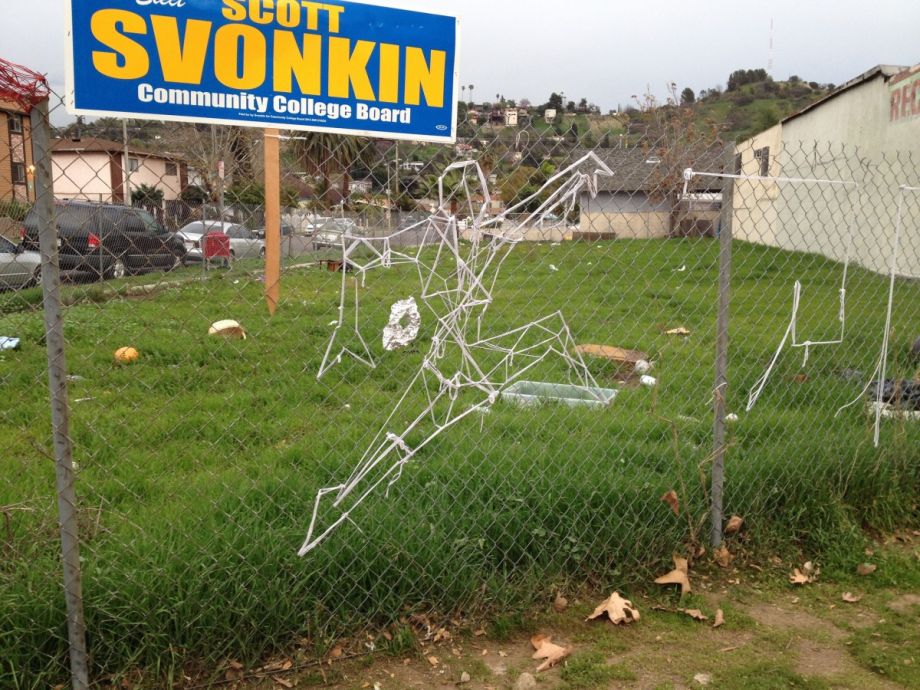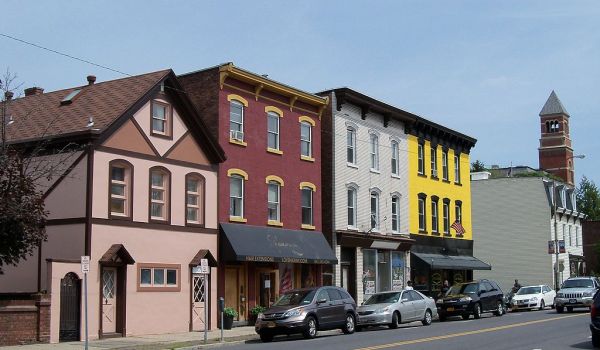California’s housing shortage and affordability gap is large — among the worst in the country — and with the population growing far faster than housing production, it’s getting worse. But according to a new report, it doesn’t need to be this way.
The McKinsey Global Institute laid out 15 tools with the potential to produce 3.5 million additional homes in the state by 2025. That’s the magic number to both satisfy pent-up demand and meet the needs of the 3.6 million people expected to move to California over the next decade.
Those tools include changing regulations to streamline development, incentivizing cities to meet housing production goals, making use of vacant urban lots and underutilized properties, and, where urban development isn’t possible, concentrating new housing around regional transit hubs.
California currently ranks 49th out of the 50 states for housing units per capita. The state is short about 2 million units, a shortage that is squeezing low income and middle-income residents alike. Half of all California households can’t afford housing in their local market. Nearly 70 percent of low-income households in the state would need to spend more than half of their income to afford the local cost of housing. In cities like Anaheim, Los Angeles and San Francisco, even middle-class households are struggling. According to the report, “in the city of San Francisco, a household earning $140,000 per year, or 179 percent of area median income, is squeezed.”
This isn’t just bad for individuals and families, but also for the economy: McKinsey estimates California loses $140 million per year in missing construction dollars and consumer spending that’s eaten up by high housing costs.
But taking advantage of overlooked opportunities could help reverse this trend. The report estimates as many as 225,000 new units could be built on vacant urban land, nearly 800,000 by allowing homeowners to add units to their buildings, 1 million by developing underutilized multi-family lots, another 1.2 to 3 million within a half mile of transit hubs, and more than 600,000 affordable single-family units on land currently dedicated to non-residential uses.
Of the 15 tools recommended to create those 3.5 million needed units, five help identify land for new housing, two remove development barriers on that land, five cut the cost and risk of housing production, and three improve housing access for those being priced out.
Identifying land for development means debunking the popular belief that California has no vacant urban land. The report estimates that in California cities with populations of more than 100,000 people, there is capacity to build 103,000 to 225,000 housing units on vacant land already zoned for multifamily housing. About a third of those lots are in Los Angeles County.
Then there are the lots that have some multi-family development, but could take more units if over-large parking lots were utilized, or buildings wholesale redeveloped. In San Francisco alone, more than 30 percent of multifamily parcels are underutilized, so without changing current zoning, the city could add 70,500 new units. The report does caution that this approach could lead to displacement, and thus advises a long, slow timeline and tools like ensuring preferential or discounted tenancy in the new buildings.
Crucially, local governments must be incentivized to develop new housing. Right now, that’s not the case. The report states:
“Instead of vying for new residents as a source of revenue and dynamism, many cities are concerned about the impact new residents could have on municipal finances and aging infrastructure. Residents who bought their homes when the city looked a certain way want it to stay that way and may oppose development because of its impact on parking, traffic, schools, sight lines, or community character. City council members who make land-use decisions respond to homeowner voices, creating an environment where it is easier to say ‘no’ to housing than ‘yes.’”
To combat NIMBYism, the report recommends adding teeth to the Regional Housing Needs Assessment, which is supposed to hold jurisdictions to production goals. Right now localities are required to zone and plan units, but not necessarily to actually allow developers to build.
Other suggestions include accelerating land-use approvals, promoting modular construction and rethinking the state’s high impact fees. Keeping housing affordable will also be key, and could be accomplished through methods such as appealing to social impact investors, setting aside a portion of the state budget for affordable housing creation, and utilizing tools like linkage fees and inclusionary zoning.
See the full report here.
Jen Kinney is a freelance writer and documentary photographer. Her work has also appeared in Philadelphia Magazine, High Country News online, and the Anchorage Press. She is currently a student of radio production at the Salt Institute of Documentary Studies. See her work at jakinney.com.
Follow Jen .(JavaScript must be enabled to view this email address)
















